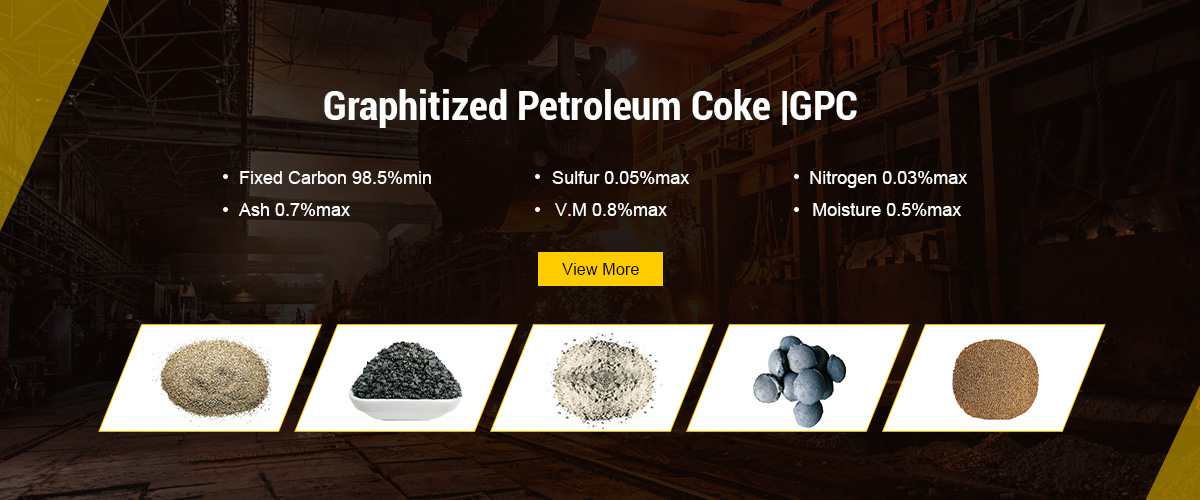Oct . 21, 2024 15:32 Back to list
China’s Advanced Techniques in Secondary Refining for Steel Production
The Role of Secondary Refining in Steelmaking in China
In the realm of steel production, secondary refining serves as a critical process that enhances the quality of steel while also optimizing production efficiency. In China, which is the world's largest producer of steel, secondary refining processes have become increasingly essential in meeting the demands of the global market, as well as in adhering to stricter environmental regulations. This article explores the significance of secondary refining in steelmaking in China, its various techniques, and the implications for the industry.
Understanding Secondary Refining
Secondary refining refers to the processes that occur after the initial steelmaking phase — typically the conversion of iron into steel using methods like the Basic Oxygen Furnace (BOF) or Electric Arc Furnace (EAF). During secondary refining, the molten steel undergoes treatments that adjust its composition, remove impurities, and tailor its properties to specific applications. This can include processes such as ladle refining, argon oxygen decarburization, and vacuum degassing, all of which are vital in enhancing the steel’s performance.
Importance of Secondary Refining in China
One of the primary reasons that secondary refining has gained traction in China is the need for higher-quality steel. As industries such as automotive, construction, and manufacturing demand advanced materials with precise characteristics, the ability to produce high-grade steel becomes imperative. Secondary refining processes enable Chinese steelmakers to produce steel with lower levels of sulfur and phosphorus, better mechanical properties, and improved cleanliness, positioning them favorably in competitive international markets.
Moreover, with the advent of smart manufacturing and the move towards more sustainable practices, Chinese steel producers are leveraging secondary refining technologies to enhance their operational efficiency. By refining steel at a secondary stage, manufacturers can reduce waste, minimize energy consumption, and optimize raw material usage, thus addressing both economic and environmental concerns.
Techniques in Secondary Refining
Chinese steelmakers employ various secondary refining techniques, each chosen based on the desired outcome for the steel product
china secondary refining steel making

1. Ladle Refining Furnace (LRF) This is one of the most commonly used methods in secondary refining. It allows for better control over the temperature and composition of steel, facilitating the removal of impurities. The LRF can also be used to introduce alloying elements, ensuring that the steel meets specific industry standards.
2. Argon Oxygen Decarburization (AOD) This technique is particularly important for producing stainless steels and high-alloy steels. AOD helps in lowering the carbon content in the molten steel, which is crucial for achieving desired hardness and corrosion resistance.
3. Vacuum Degassing This process involves reducing the pressure in the refining vessel to remove dissolved gases from the steel, such as hydrogen and nitrogen. Lowering these gases is essential to prevent defects in the final steel product.
4. Electromagnetic Stirring and Treatment This innovative method enhances the mixing of molten steel in the ladle, improving homogeneity and ensuring that alloying elements are well-distributed throughout the steel.
Environmental and Economic Implications
The push for secondary refining in China is not solely based on achieving superior steel quality; it is also a response to stringent environmental regulations. The Chinese government has implemented policies to reduce carbon emissions and promote cleaner production methods. Secondary refining technologies can significantly lower emissions associated with steelmaking by enhancing production efficiency and minimizing waste.
Economically, the high-performance steel produced through secondary refining can command better market prices, providing steelmakers with a competitive edge. Additionally, by embracing advanced refining technologies, Chinese steel companies are better positioned to innovate and adapt to evolving market demands, ensuring their sustainability in an increasingly globalized economy.
Conclusion
In conclusion, secondary refining represents a cornerstone of modern steelmaking practices in China. With its capability to enhance steel quality, increase production efficiency, and reduce environmental impact, secondary refining is set to play a pivotal role in the future of the steel industry. As China continues to dominate global steel production, the emphasis on advanced refining techniques will not only support domestic industries but will also contribute to a more sustainable steelmaking framework worldwide.
-
Eco-Friendly Granule Covering Agent | Dust & Caking Control
NewsAug.06,2025
-
Fe-C Composite Pellets for BOF: High-Efficiency & Cost-Saving
NewsAug.05,2025
-
Premium Tundish Covering Agents Exporters | High Purity
NewsAug.04,2025
-
Fe-C Composite Pellets for BOF | Efficient & Economical
NewsAug.03,2025
-
Top Tundish Covering Agent Exporters | Premium Quality Solutions
NewsAug.02,2025
-
First Bauxite Exporters | AI-Optimized Supply
NewsAug.01,2025
